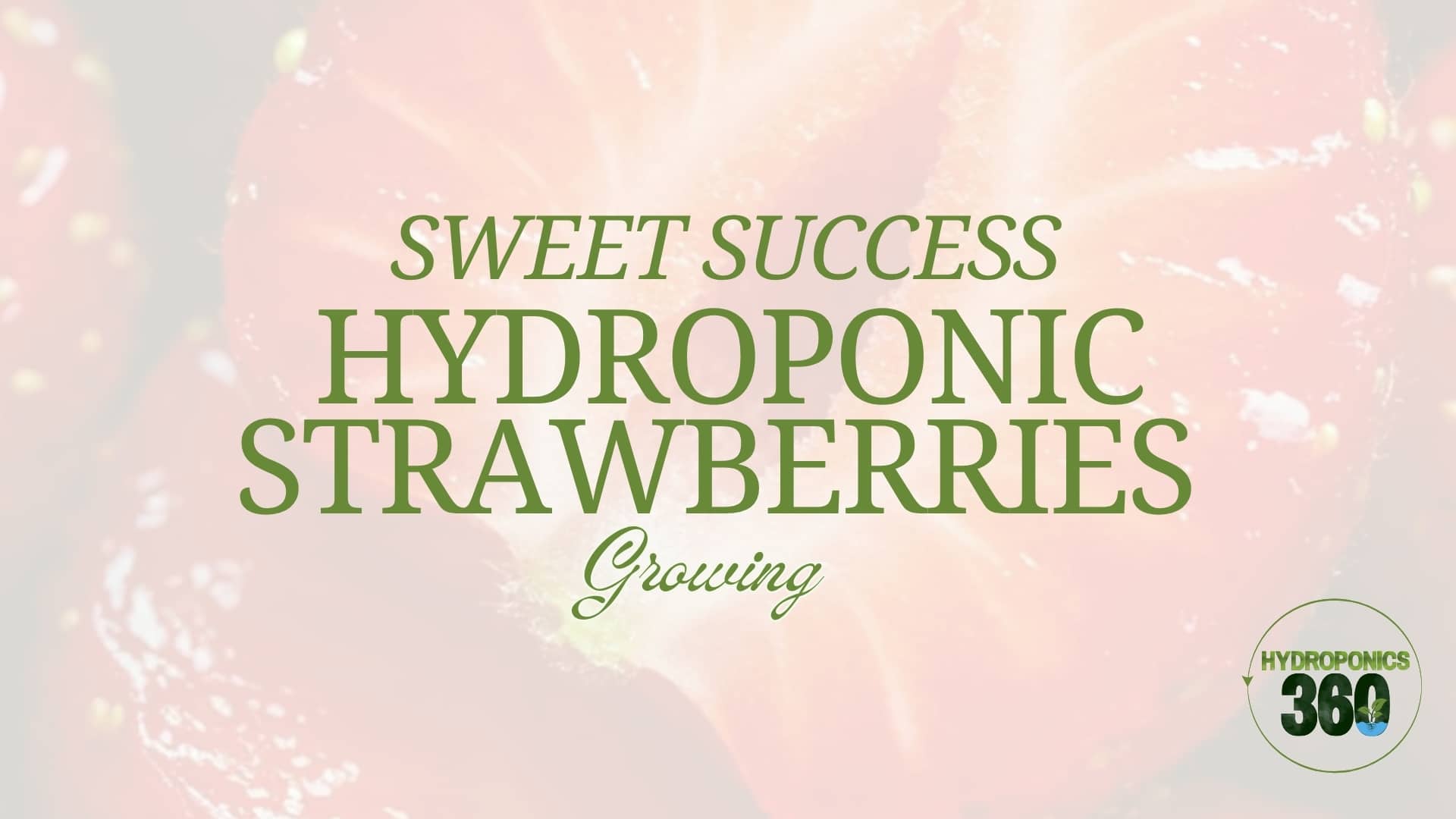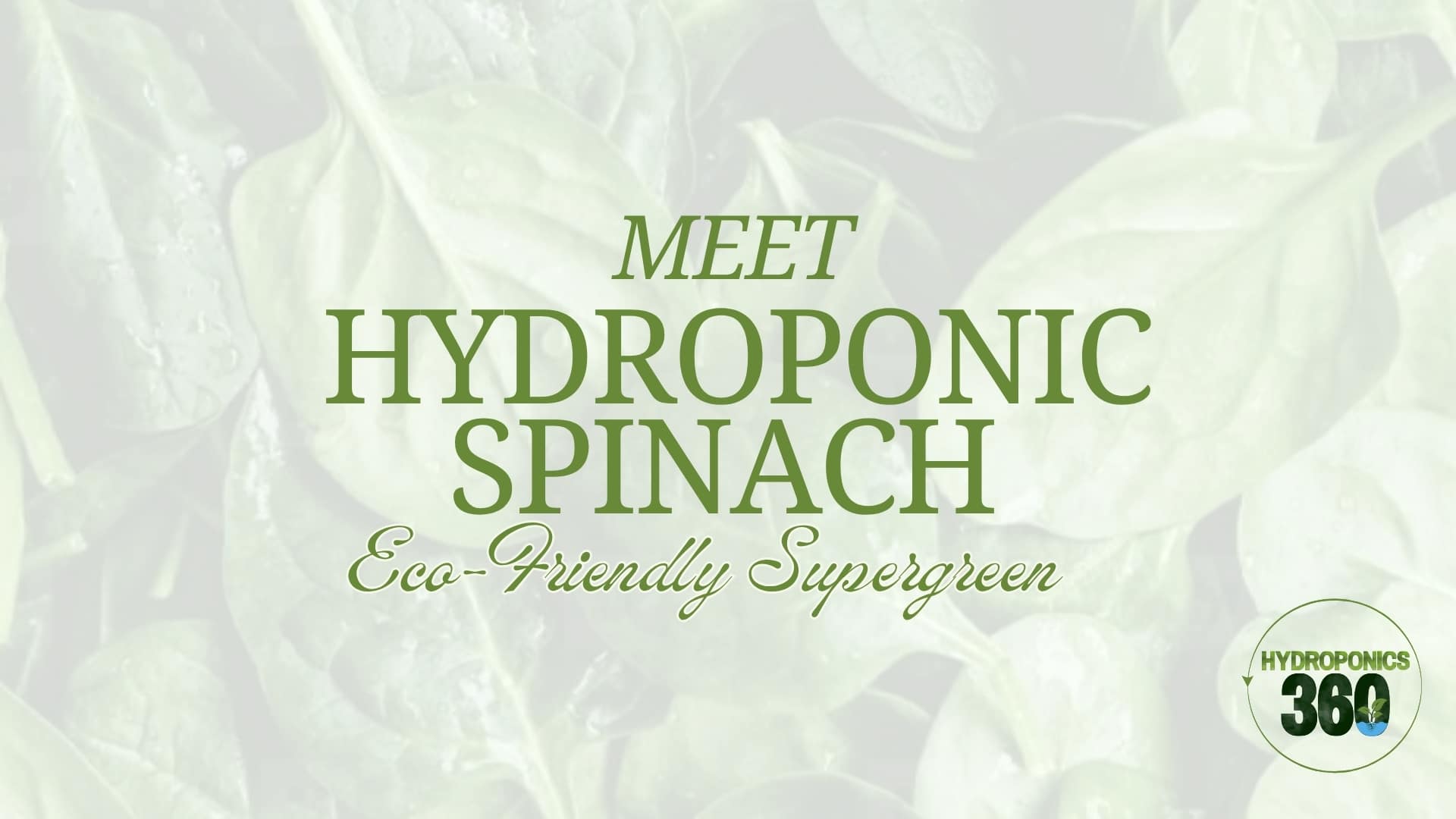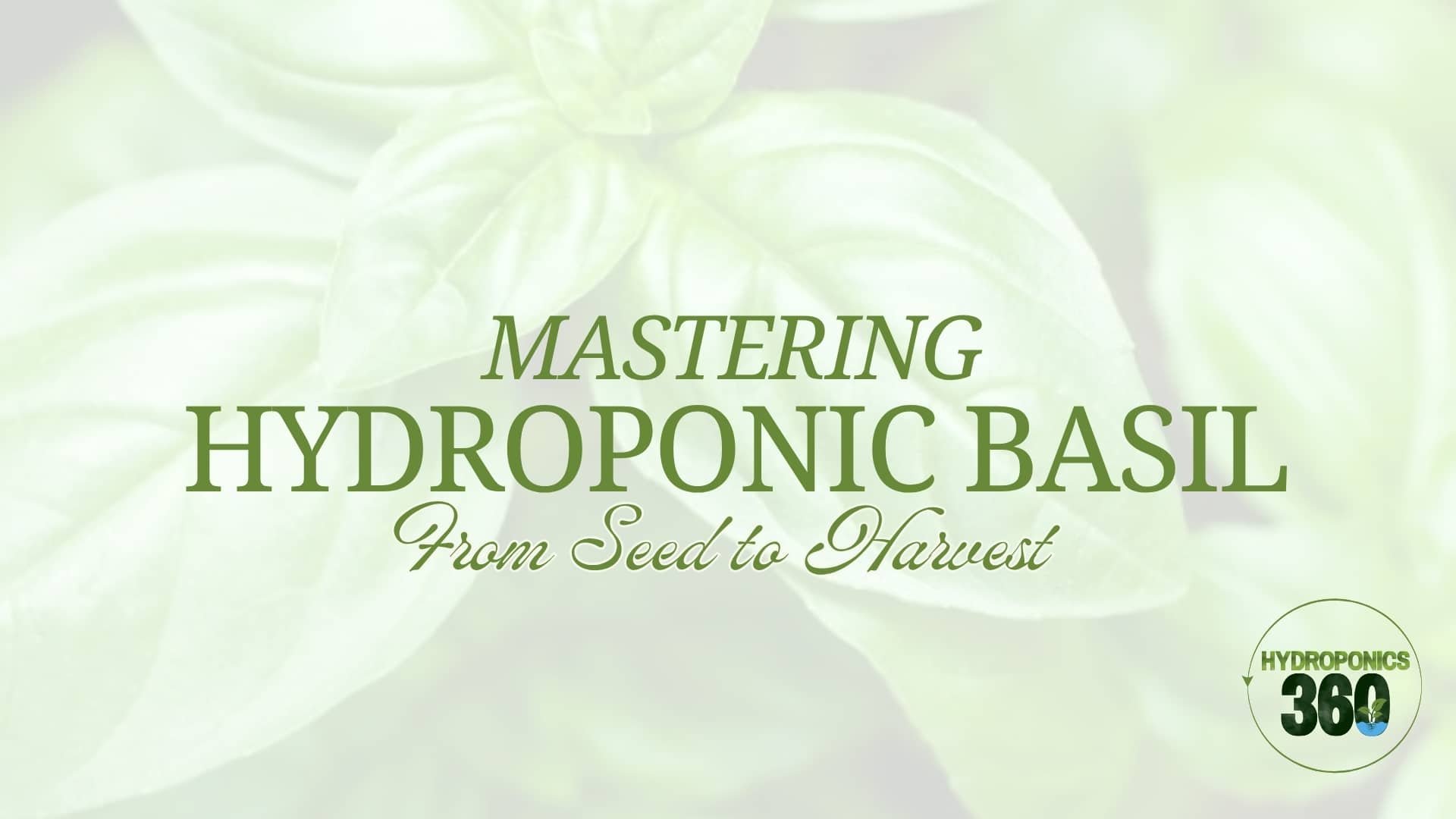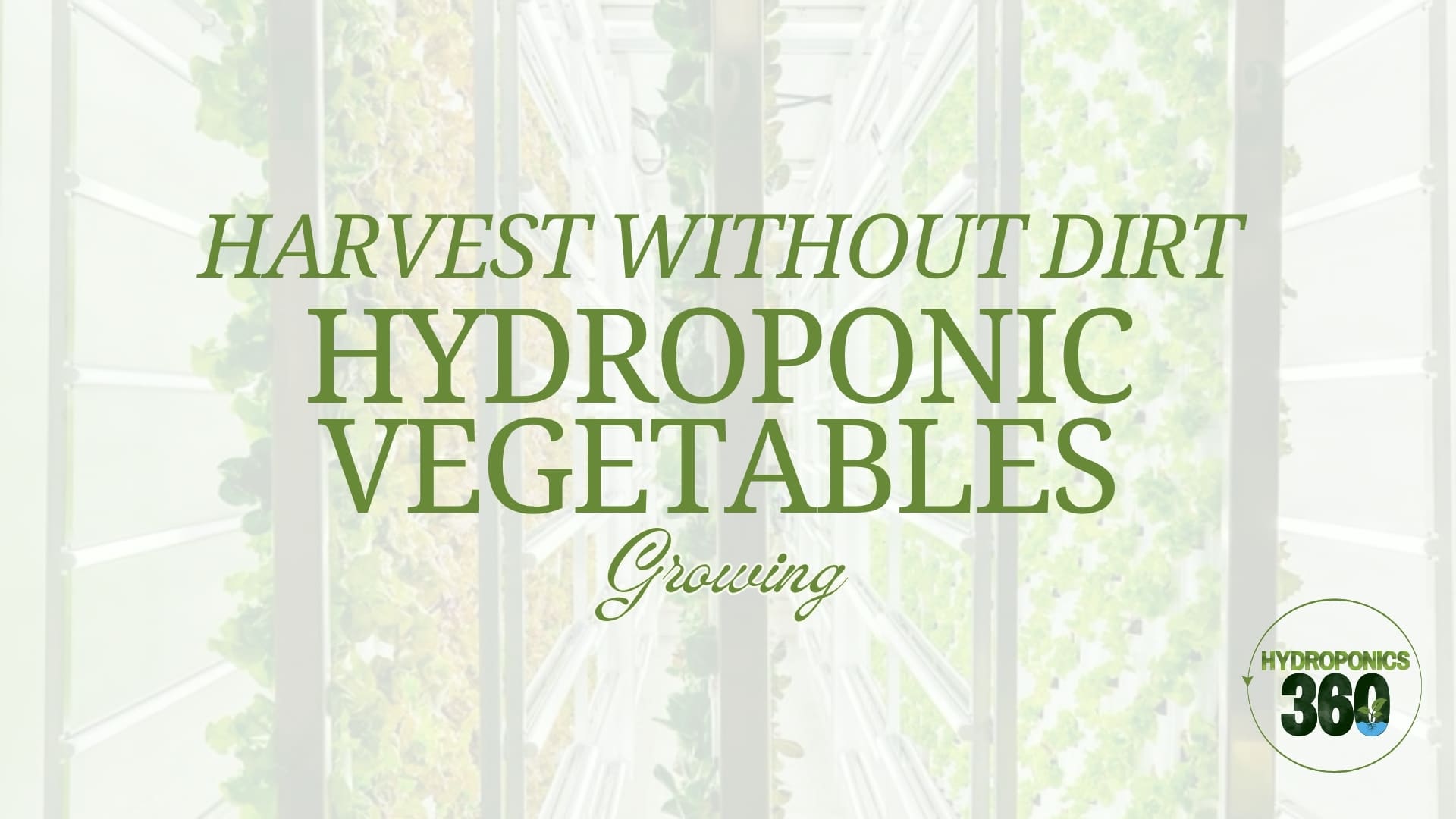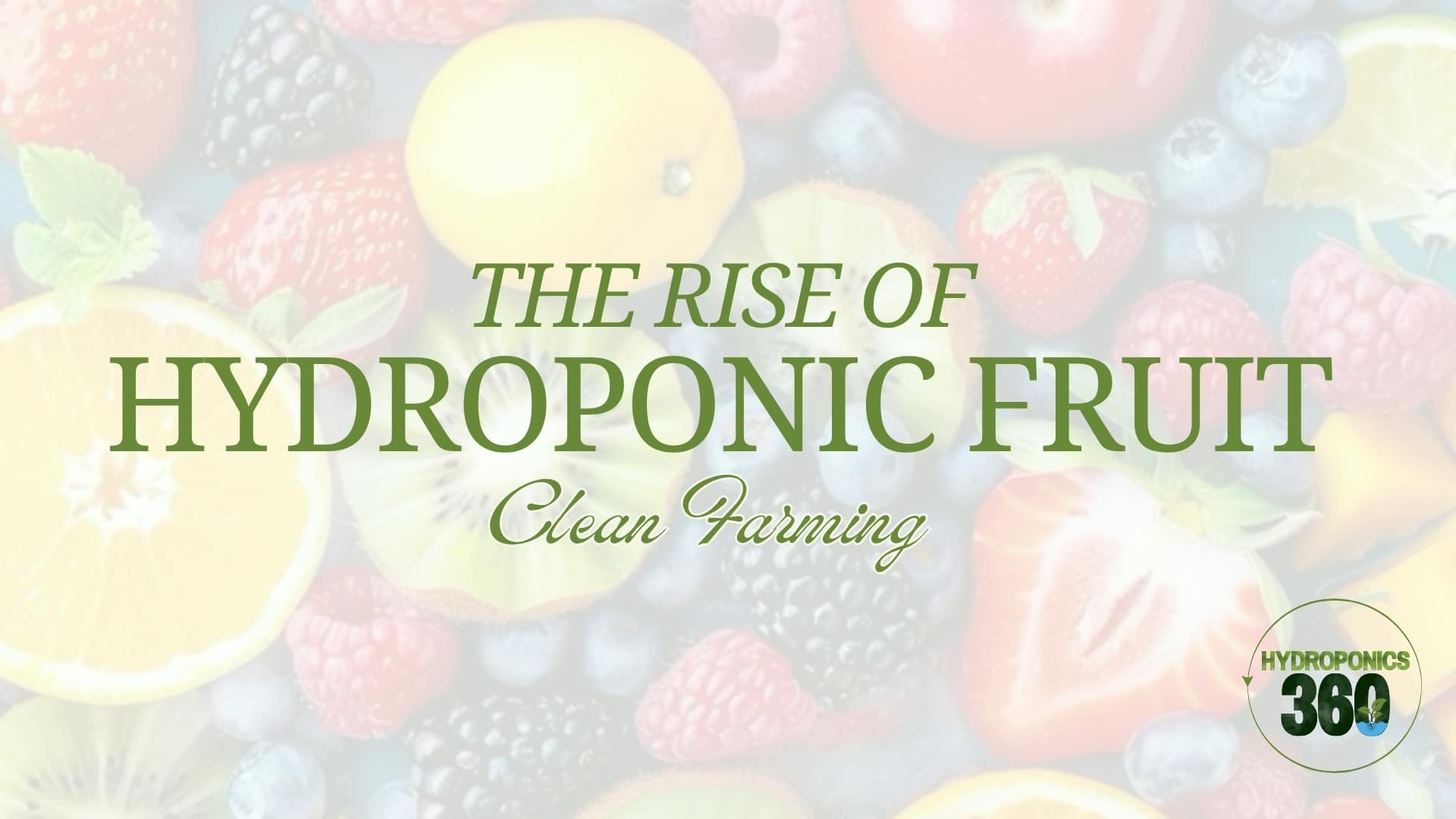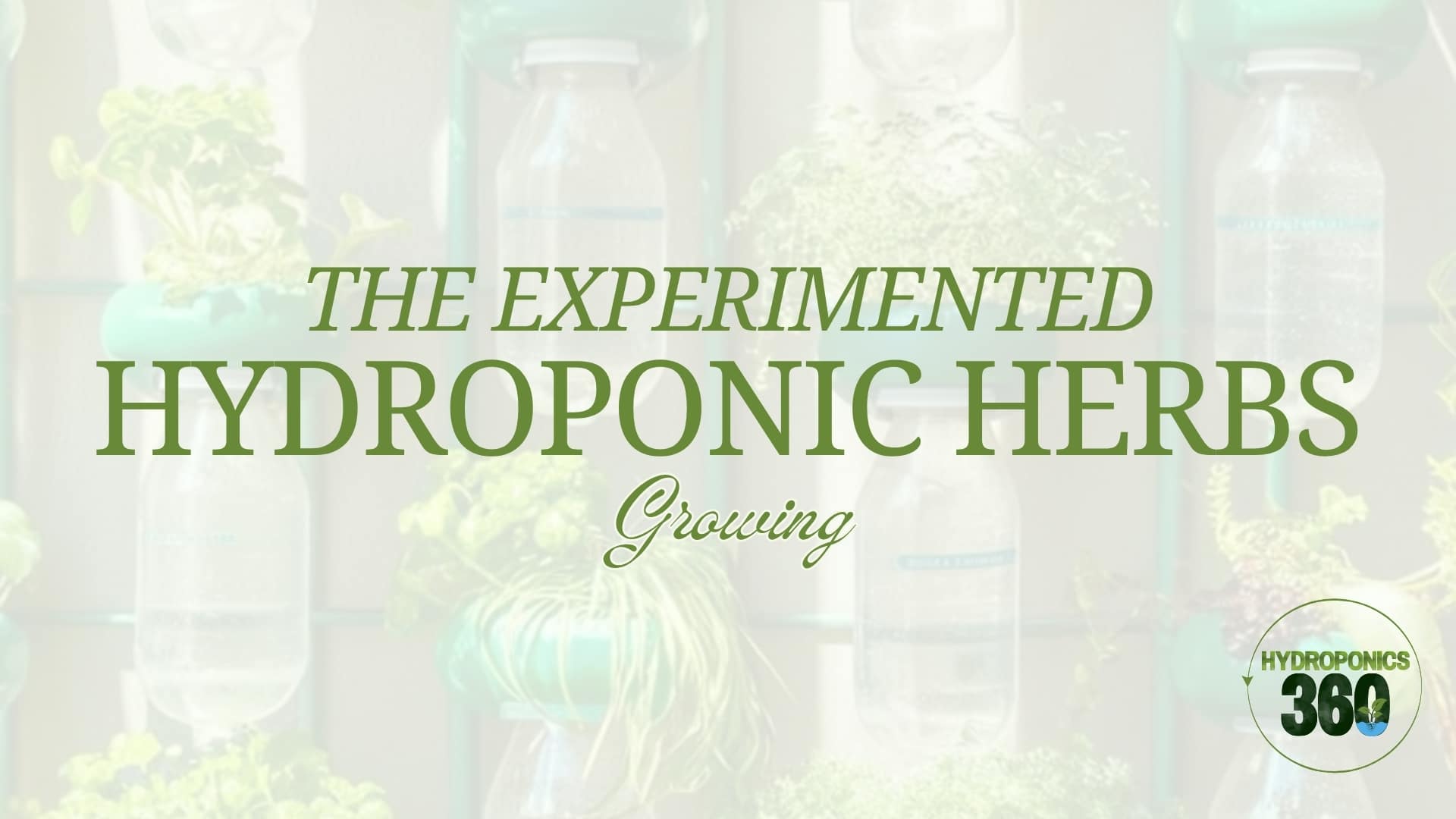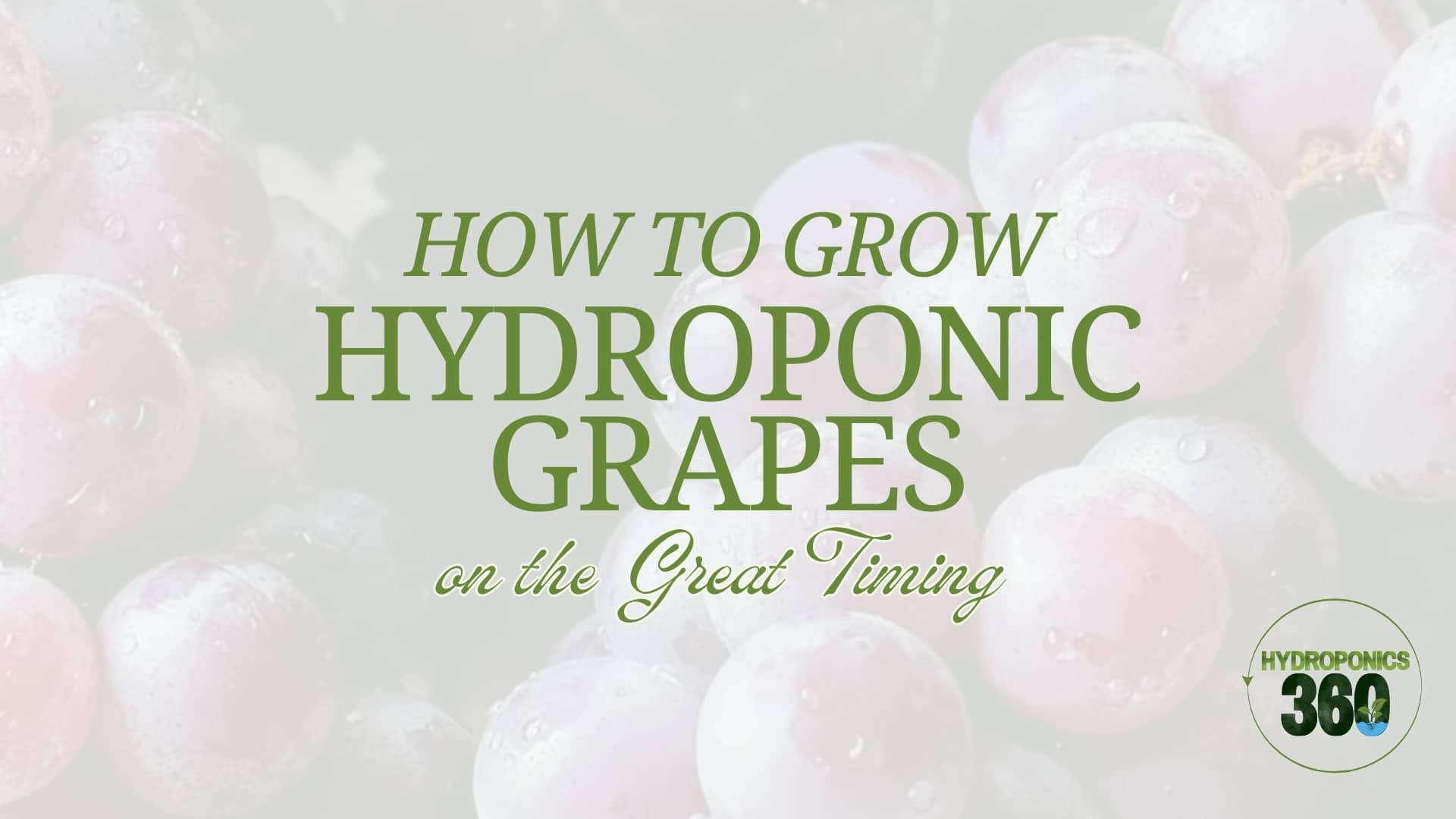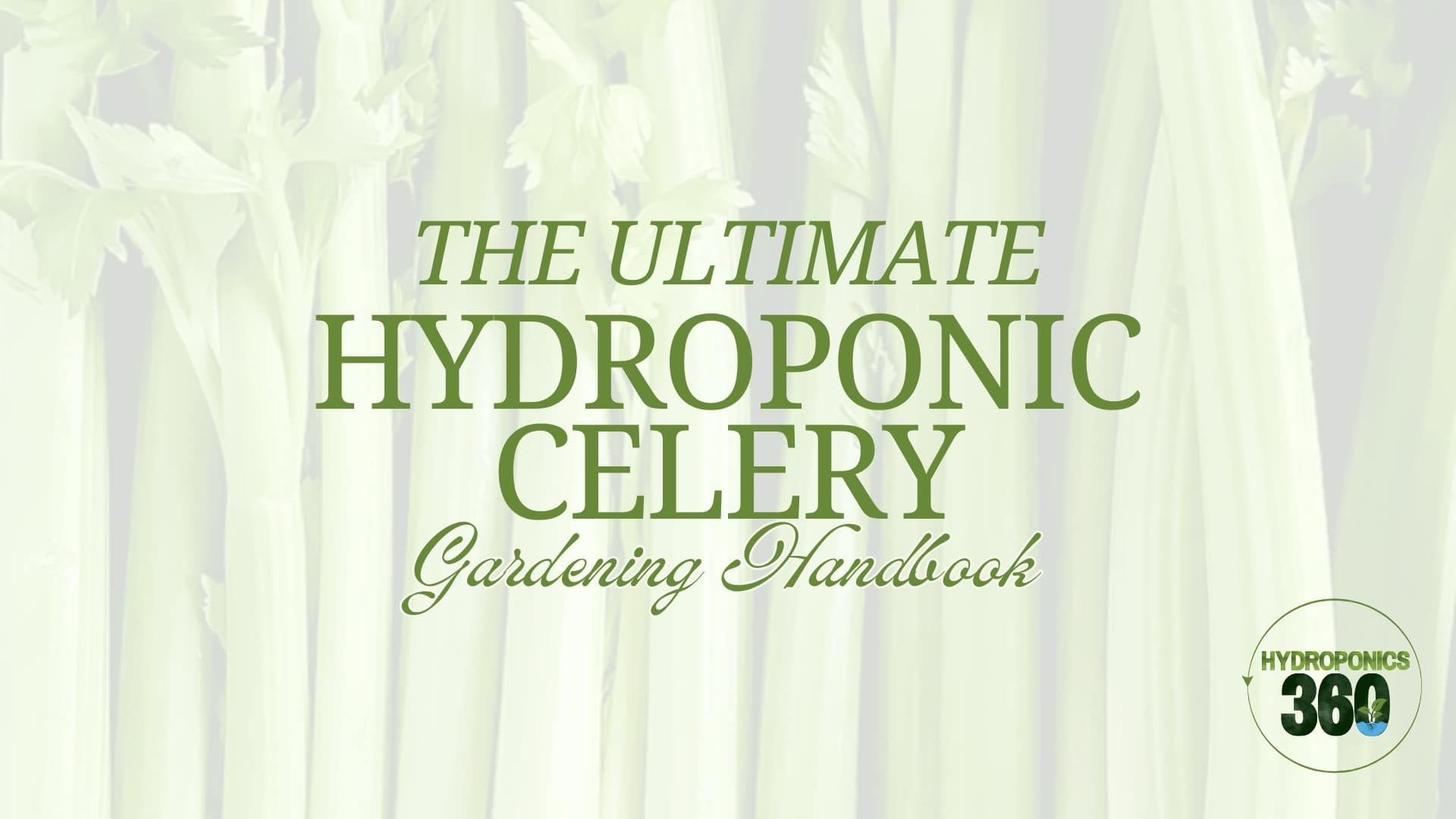Hydroponic Crops
Table Of Content
Hydroponic crops represent a modern, efficient, and sustainable approach to agriculture—one that’s rapidly gaining popularity among both hobbyists and commercial growers. By growing crops in nutrient-rich water rather than soil, hydroponic systems offer greater control over growing conditions, leading to faster growth rates, higher yields, and year-round production regardless of climate.
From leafy greens like lettuce and spinach to herbs, strawberries, and even tomatoes, a wide range of crops can thrive in hydroponic environments. This method reduces water usage, eliminates the need for harmful pesticides, and maximizes space, making it ideal for urban farming and indoor cultivation.
In this guide, we’ll explore what makes hydroponic crops so valuable, the types of systems available, and best practices to help you grow healthy, vibrant crops. Whether you’re new to the concept or looking to refine your technique, understanding the principles of hydroponics can transform the way you think about growing food.
The Best Crops to Grow Hydroponically
It is possible to grow almost every crop hydroponically, but the best ones are:
Leafy Greens
If you’re new to hydroponics, start with leafy greens like lettuce and spinach. They’re super forgiving and grow quickly. I remember the thrill of my first harvest of crisp, fresh lettuce that I’d grown in just a few weeks. It felt like I was part of something innovative and sustainable.
Herbs
Herbs like basil, parsley, and mint do exceptionally well in hydroponic setups. I’ve even given away little jars of basil to friends, and it always sparks a conversation about growing crops without soil. The vibrant flavor and aroma of homegrown basil is unbeatable.
Vegetables
For a bit more of a challenge, try growing peppers or tomatoes. Since tomatoes are self-pollinating, you can shake the branches with flowers to help them spread along faster. My cherry tomato crop became the unexpected star of my kitchen window, sprawling in every direction. It required more attention—pruning, extra nutrients, you name it—but tasting those sun-ripened tomatoes made it all worthwhile.
Essential Components for Crops
Below is a concise overview of the key components crucial for achieving thriving hydroponic crops:
Nutrient Solution
The nutrient solution makes up the lifeblood of hydroponic crops. Usually including vital macro- and micronutrients, including nitrogen, phosphorous, potassium, calcium, and iron, it also comprises Testing and modifying the pH levels and electrical conductivity (EC) of the solution helps to maintain crops in the best condition. I keep a little notebook in which I record my daily measurements to enable fast identification of changes.
Water Composition
Since water brings nutrients to the roots, its purity is absolutely essential. Treating or filtering water ahead of time helps to eliminate unwelcome minerals or contaminants. When I originally started, I foolishly utilized tap water heavy in chlorine; some of my crops never came back.
Oxygenation
Crops grown in water still require oxygen for their roots. For example, Deep Water Culture (DWC) depends on air pumps to bubble oxygen into the mixture. Should you find roots turning dark and mushy, this could indicate inadequate oxygenation.
Lighting
Usually grown inside, where I can regulate their surroundings, hydroponic vegetables thrive. Quality LED grow lights enable me to change the spectrum for different phases of growth and resemble natural sunlight. I have used less expensive lights in order to cut costs, but my tomatoes came out weak and spindly.
Temperature And Humidity
A hydroponics system can be destroyed or made successful by environmental factors. Crops flourish in a consistent temperature range (usually between 68–75°F) and in modest humidity conditions.
Why Are Hydroponic Crops Different from Traditional Ones?
Hydroponic crops differ from traditionally grown crops in several significant ways, largely due to the absence of soil and the high level of environmental control involved in their cultivation. Instead of relying on soil to deliver nutrients, hydroponic systems provide crops with a carefully balanced nutrient solution directly to their roots. This allows for more efficient absorption, faster growth, and higher overall yields.
One of the most notable differences is the precision of the growing environment. Factors like pH, light exposure, humidity, and nutrient concentration can all be fine-tuned in a hydroponic setup. As a result, hydroponic crops often show more consistent quality and uniformity compared to their soil-grown counterparts.
Additionally, hydroponically grown crops are typically less prone to soil-borne diseases and pests, reducing the need for pesticides and promoting a cleaner, more sustainable growing process. The method also uses significantly less water, making it an eco-friendly option for areas facing water scarcity or limited arable land.
Because of these advantages, hydroponic crops are not only faster to grow but can also be cultivated in places where traditional farming is impractical—such as urban rooftops, greenhouses, or even indoors under artificial lighting. This adaptability makes them a promising solution for future food production and urban agriculture.
Advice from Firsthand Knowledge
- Maintain a notebook: Record nutritional values, pH, and crop appearance. This speeds up the diagnosis of problems.
- Start straightforward: Start with simple vegetables such as basil or lettuce. I went directly to the tomatoes once and worked through a tangle of vines.
- Test the water: Accurate nutrition adjustment depends on knowledge of local water composition.
- Check daily: Even little color variations in leaves can point to a problem; early identification of it might literally save lives.
Once you overcome the learning curve, growing hydroponic crops may be rather profitable. Seeing crops grow in water under my exact control excites me. I have mishaps every so often, like forgetting to plug in the air pump, but these mistakes simply serve to bring attention to every component. If you enjoy growing superior crops, hydroponics presents a quick, year-round solution for reaching that goal. And believe me, you might never go back once you taste homegrown lettuce that has never come into contact with the ground.
FAQs
How do I choose the right nutrient solution for my hydroponic setup?
The best nutrient solution depends on the specific crops you’re growing. Generally, you’ll need a balanced mix of macro- and micronutrients, with regular pH and EC testing to ensure that crops receive what they need. Commercially available nutrient blends typically come with guidelines on how to mix and maintain optimal levels.
Do hydroponic crops taste different from soil-grown produce?
Many people find that hydroponic crops have a fresh, clean flavor. Because nutrients are carefully controlled, the taste can be more consistent than soil-grown produce. However, some argue that soil-grown produce may have subtler taste variations, influenced by factors like soil composition and climate.
Which crops are easiest to start with in a hydroponic system?
Leafy greens such as lettuce, spinach, and herbs (basil, mint) are popular beginner-friendly choices. They have relatively short growth cycles, are more forgiving of minor mistakes, and can yield quick results—making them ideal for those new to hydroponics.
You May Also Like
- Grow fresh, juicy strawberries year-round with hydroponics. Discover the benefits, tips, and best practices for thriving indoor berry plants.
- Grow fresh, nutrient-packed spinach at home with hydroponics. Explore the best varieties, quick growth tips for high yields.
- Discover the benefits of growing hydroponic blueberries—enjoy faster yields, pesticide-free fruit, and space-saving cultivation.
- Discover how to grow hydroponic basil—faster, cleaner, and more flavorful. Perfect for kitchens, home gardens, or markets.
- Explore hydroponic vegetables—fresh, soil-free, and pesticide-free produce for a healthier, more sustainable way to eat.
- Discover how to grow fresh, pesticide-free hydroponic fruits. Learn about nutrient tips, and market trends in smart, soilless farming.
- Discover how to grow hydroponic pineapples without soil. Learn best cultivars, system tips for home or commercial setups.
- Discover how to grow hydroponic herbs at home or commercially. Enjoy fresh, flavorful herbs year-round with efficient, soilless farming.
- Grow juicy, high-quality hydroponic grapes year-round. Learn benefits, tips, and why it's perfect for modern sustainable farming.
- Discover how to grow crisp, flavorful hydroponic celery with expert tips on systems, nutrients, and harvesting.
Table Of Content
Last Blog Posts
